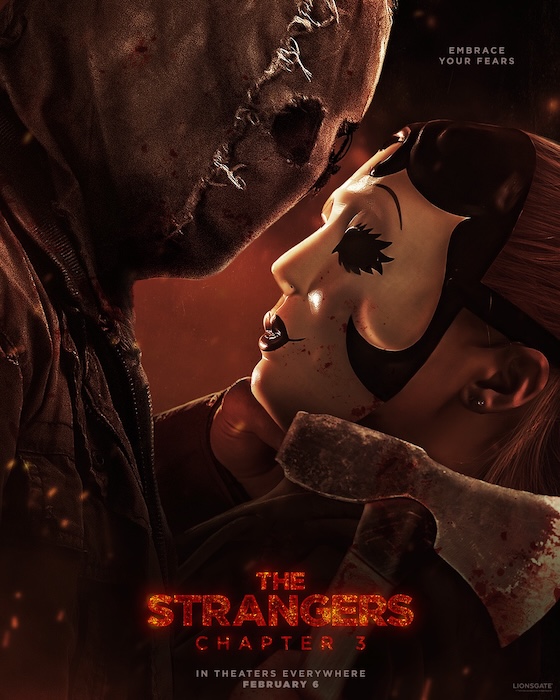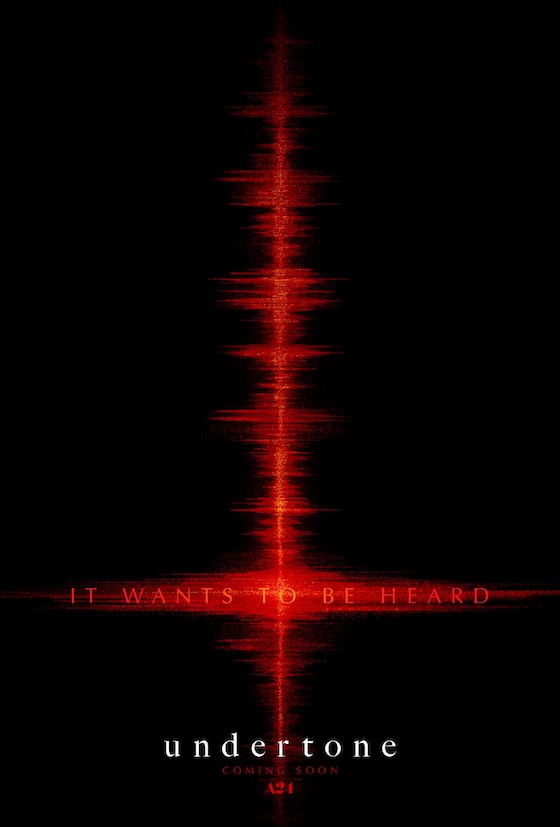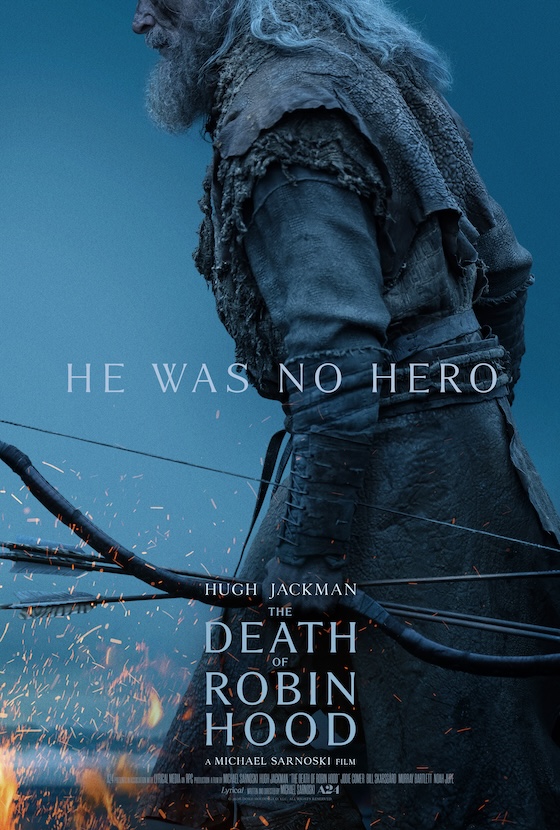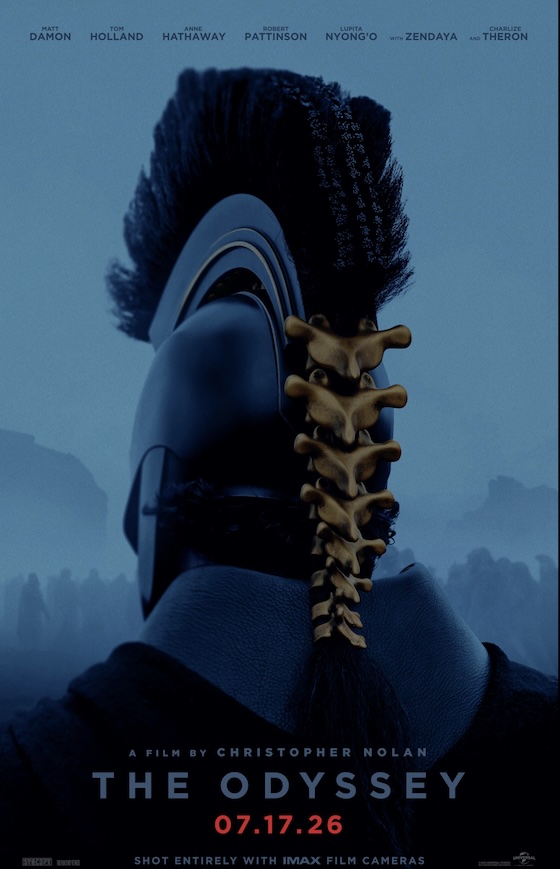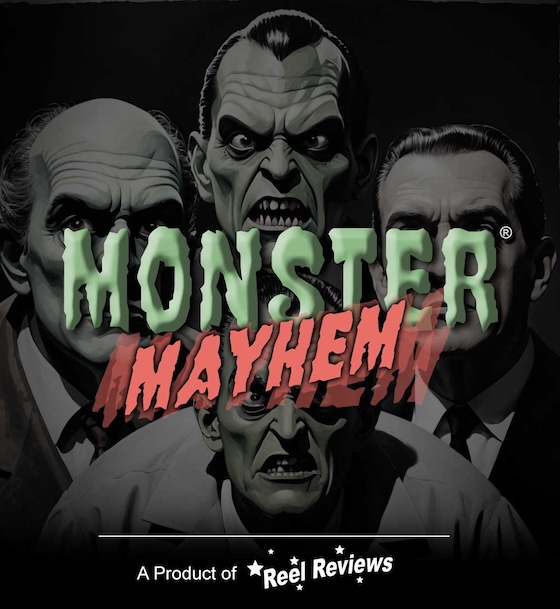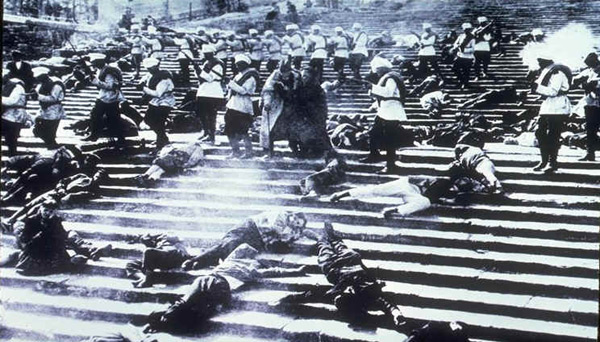
|
December. 1925. Russia. A darkened theatre screen displays the image of a Russian battleship. Alone in icy waters, there is celebration on deck; its weary crew has just squashed their oppressive leaders. Suddenly, celebrating its unity for the worker, the crew hoists the red flag of communism and, inspired by the nod to the worker, all hell breaks loose in the theatre at the film's conclusion. Invited guests and party officials, most leaders of the failed 1905 revolution that inspired the film, cheer in the spirit of conquest and hope for their collective future. In attendance that night is the film's director, Sergei Eisenstein, and its cinematographer, Eduard Tisse; the heroes of the hour...and rightly so.
Eisenstein's silent tour de force is cleverly broken into five separate parts that make a larger whole: "Men and Maggots", "Drama at the Harbour", "A Dead Man Calls for Justice", "The Odessa Staircase" and "The Rendez-Vous with a Squadron"; each part revolves around the idea of revolution for the benefit of the worker and is charged with emotion. It is the death of Able Seaman Vakulinchuk (Aleksandr Antonov) after protesting about the maggot-riddled meat the seamen must eat onboard the battleship that ignites the revolution. When his body, ceremoniously returned to shore, is seen by the citizens of Odessa, their answer to the sailor's call for revoloution is furiously quick and firmly resolved: they will fight for all... even if it results in their own death. Keep in mind, this is a propaganda film meant to uprise its audience and it's so powerful of a motion picture, in fact, that the Nazis studied its use of emotion in order to inspire Germany to unite under Hitler.
According to his published essays, Eisenstein believed, rightfully so, that the key to making motion pictures work is figuring out exactly how to convey emotion with images; that was the â"nerve of cinema" he argued. He worked with his Eastern contemporaries to figure out how this should be done in cinema, but settled on showing them without words - how emotion can be carried through the order of a sequence, most famously, with Battleship Potemkin. The fact that modern filmmakers are still viewing Battleship Potemkin and studying his theories concerning the use of editing and montage as it affects the audience is proof enough that he was correct. And, with this in mind, Potemkin is a marvel; Tisse's camera usually still and unmoving in cinema circa 1925 actually moves with purpose and control, the shots are close and tight on its victims, and woven together in such a way that absolutely affects its audience with draining emotion.
Another cinematic idea embraced by Eisenstein, in order to fully pursue emotional responses from his audience, is that of typecasting; he experimented with the idea in his first feature, Strike, but sends it to a resounding crescendo with the cast of Battleship Potemkin. Here, in this reality of social struggle, each character looks the part as if posing for a poster - they aren't actors per se but they are, through physical attributes, designed to be a symbol of good or evil to the audience; to trigger a certain response designed to produce a clarity of emotion.
Much has been written about â"The Odessa Staircase" sequence famously lifted by Brian De Palma for The Untouchables finale, but here cinematically sparse in black-and-white and harrowingly real the baby doesn't survive; neither does a little boy, horrificly mangled underfoot the scared protesters; the Odessa segment is epic and emotional and certainly worthy of its praise, but, to be fair, it isn't the only segment with power. The gut-wrenching tension encapsulating every minute of â"The Rendez-Vous With a Squadron" and its lifting by the likes of Speilberg and Lucas in their films is testimony enough that Battleship Potemkin is certainly a Holy Grail for filmmakers.
Battleship Potemkin is visceral and totally modern; its images of violence and rebellion are still shocking. Bloody women scream as the slaughter begins, men cry as their families are murdered by the Tsar's Cossacks, wearing all white uniforms that contradicts their bloody actions; they march down an endless flight of stairs with slaughter in their eyes and unyielding bullets in their weapons. Its sailors are rough and ready for the uprising all with fear in their eyes; fear and the hope for better days. While Eisenstein's Battleship Potemkin, much to the disappointment of Eisenstein, failed to ignite a social revolution for the Motherland, the film, with its use of emotion through montage, was an immediate cinematic revolution; a muse of filmmaking that continues to prolong inspiration because it is a timeless masterpiece of ingenuity.
|
||||||||||||||||||
Blu-ray Details:
While this release on Blu-ray should be celebrated, someone at Kino ought to be notified of the party as nothing new has been added to this release that wasn't already on the DVD version (released back in 2007). There is gallery of photographs, but no commentary which is a HUGE oversight. Like the DVD version, the only feature is "Tracing the Battleship Potemkin," a 42-minute documentary about the film, its reception, its distribution, censorship, and its restoration; however, you have to watch each segment through chapters not all at once. For such a historically monumental picture, this is a disappoining release.
Screen Formats: 1.33:1
Subtitles: Russian, English
Language and Sound: Silent: DTS 5.1 HD
Other Features: Color; interactive menus; scene access; making-of featurette; photo gallery.
Supplements:
Featurettes:
- Tracing Battleship Potemkin (42 minutes in HD!)
Photo Galleries
Number of Discs: 1 with Keepcase Packaging
{pgomakase}

